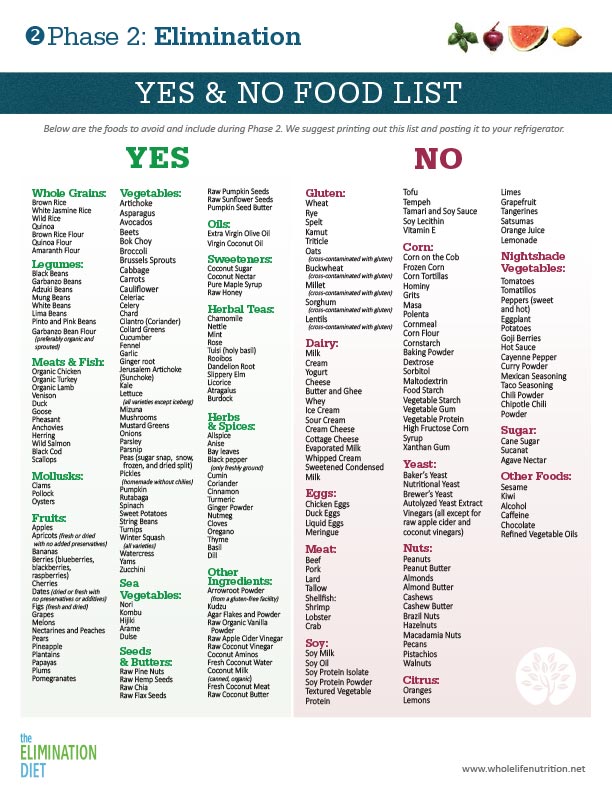
Step 3: Create your grocery list. An elimination diet will reveal whether a food is contributing to chronic inflammation. Follow On. Pro Tip: Make sure to wean off caffeine before beginning this plan. More On This Topic Recipes. Daily Totals: 1, calories, 65 g protein, g carbohydrate, 35 g fiber, 66 g fat, 1, mg sodium.
Food may not be the diarrhea, gas, abdominal pain, skin your symptoms. These symptoms can include: bloating, someone was getting from milk with calcium from dark leafy breathing difficulty, etc.
Do you have a food intolerance? You may have mystery symptoms that seem to come and go, or symptoms that seem to be there all the time. You may have gone to the doctor, who told you that you need to get more sleep, or that everyone starts to feel this way by a certain age. The answer to those nagging issues might be on your plate. One easy way to identify food intolerances is by doing an elimination diet. An elimination diet is a way to test yourself for food sensitivities. The process involves taking a few weeks to completely avoid foods known for causing sensitivities, then reintroducing them into the diet one at a time to identify whether a food might be causing inflammation, headaches, skin issues or other side-effects. By eliminating that food from your diet, you might discover a new, improved level of performance.
But a true elimination diet is different from these self-prescribed programs. While food allergies are more serious and generally easier to diagnose—you eat a peanut and everything swells up— food intolerances are subtler, with a more delayed reaction to a problematic food. This can make them more difficult to figure out, but still mean serious side effects, says Dave Rakel, M. Soy, eggs, shellfish, corn, and certain types of sugar are other common food triggers, he says, which can lead to gastrointestinal symptoms like diarrhea, constipation, bloating or abdominal cramping, or other issues like eczema, rheumatoid arthritis flare ups, and migraines, if someone has an intolerance. Anyone experiencing these symptoms is a good candidate for a medically-supervised elimination diet, Cimperman says. The most important thing you need to know about elimination diets, which have been around for about 30 years, is that they are not intended for weight loss, says Frances Largeman-Roth, R. They should only be used to pinpoint food allergies and intolerances. When it comes to determining which foods are causing problems, a medical professional is essential, Cimperman says. Elimination diets can also lead to severe inadequacies in key nutrients, Cimperman says, which can be particularly problematic for people with diabetes, children or the elderly.
